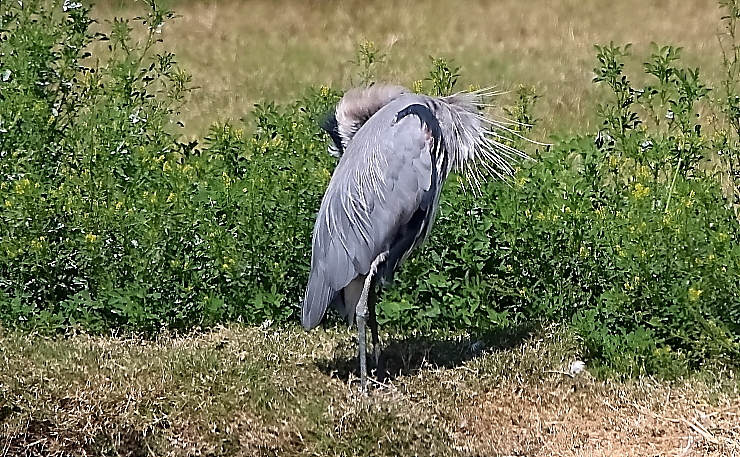
I recently received a kind letter from a 10,000 Birds friend, who was worried that my recent irregularity in contributing to this website might indicate that something was wrong. I assured him then, and assure you now, that I am fine. But my wife’s and my lives have been rather chaotic of late. First, we had our five-week trip to Spain, Turkey and Jordan in September and October. Then we threw together a semi-planned family-related trip to the States in early December. Then we went back, on entirely unplanned trips in January. (My wife stayed there four more weeks than I could, so I also ended up holding down the fort alone here during those weeks.)
For the most part, I was still able to get my birding in during these recent months. What I often did not manage was to process my photos, attach them to my eBird reports, and then write about them here. Which also made my 10,000 Birds contributions much less chronological than usual, as well as much less consistent. Sorry.
The third of these trips started with me driving 3+ hours west to the Guadalajara airport,so my wife and grown daughter could fly north from there. (Our daughter flew back days later, and I caught up with my wife two weeks later in Ohio.) Now, if I am to drive seven hours in a single day, I will certainly try to get a bit of birding in for good measure. In this case, that involved taking a short detour to the shore of the state of Jalisco’s Lake Chapala.
I often write about Lake Cuitzeo, which is near Morelia, and is Mexico’s second-largest lake. Lake Chapala is near Guadalajara, and is Mexico’s largest lake. It is also much deeper than the always-shallow Lake Cuitzeo, which provides some very different habitat.
It wasn’t a very long stay, and the spot I had chosen, the lakeside town of Jamay, turned out to be rather domesticated. This meant I saw some truly domesticated species there, like these Graylag and African (domesticated Swan) Geese:
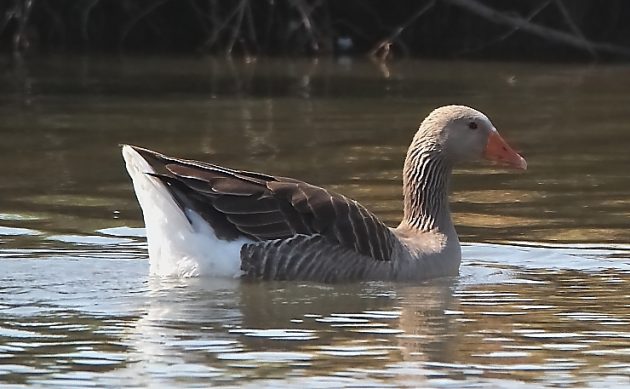
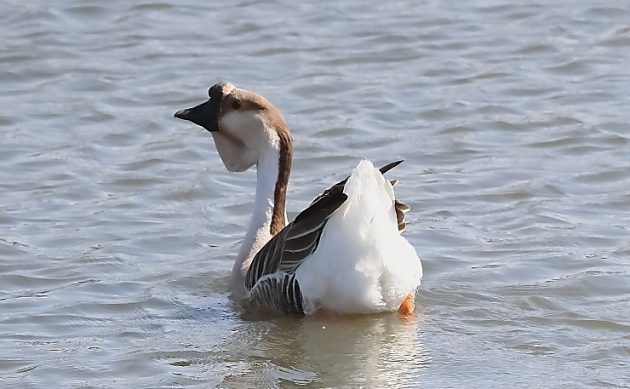
Fortunately, all the other birds I saw there were truly wild. There were Yellow Warblers, a species I always seem to see among willows in lakeside parks.
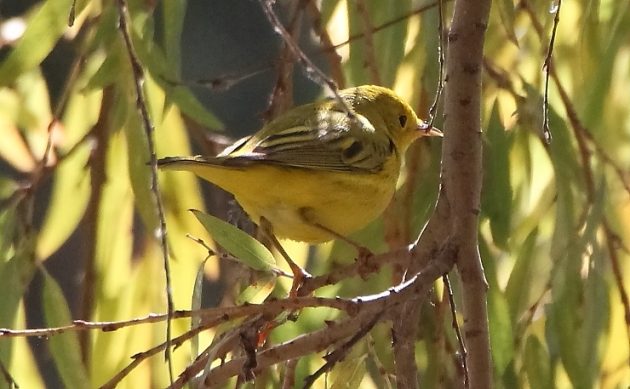
Some floating weeds provided a nice platform for a Least Sandpiper to helpfully show me its diagnostic yellow legs.
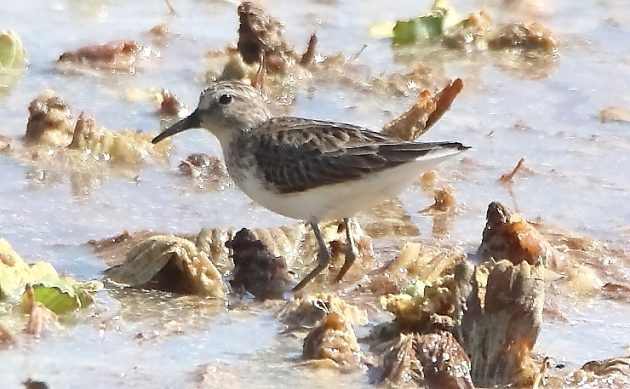
It was also where a Green Heron showed me the advantage of having an awesome flexible throat. I’ve got to get me one of those.
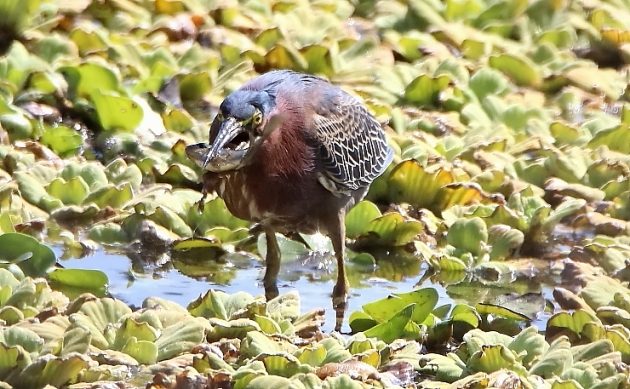
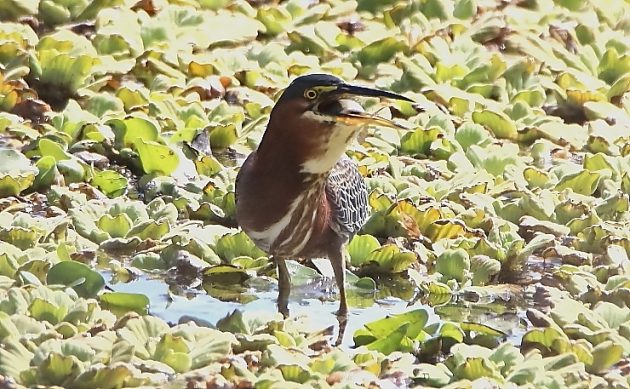
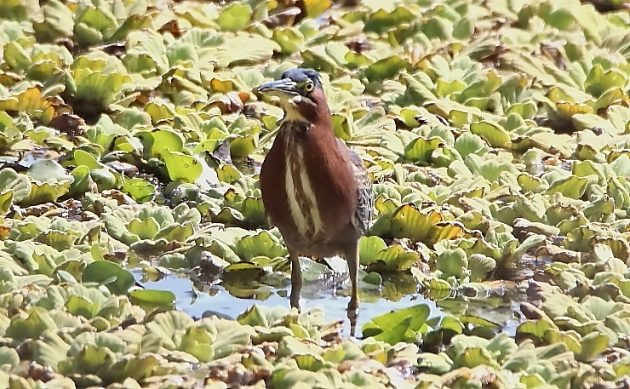
The Audubon page recently included an article about the many different eye colors of birds. I myself got an eyeful of these colors while at Jamay. Female Great-tailed Grackles have yellow eyes.
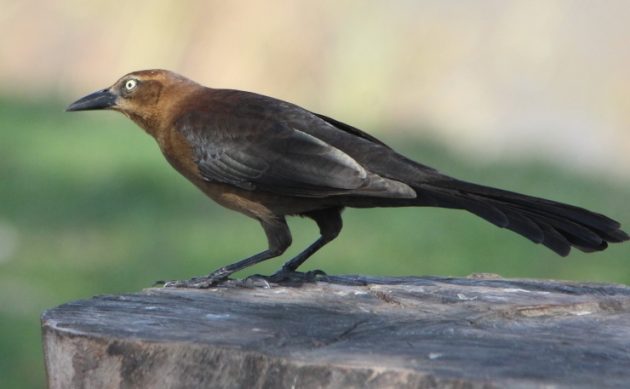
Cinnamon teals have red eyes.
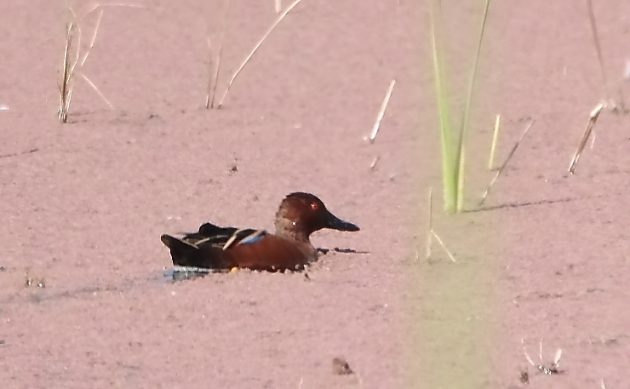
So do Black-crowned Night-Herons. You can’t really appreciate that fact in this photo. But the Night-Heron does look like a dashing captain of its vessel.
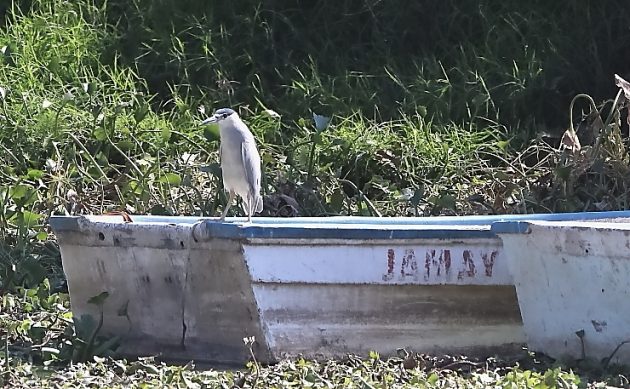
To say that Neotropical Cormorants have blue eyes seems like a bit of an understatement.
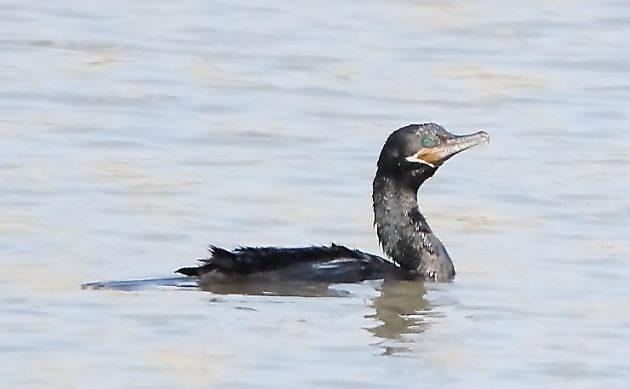
I can’t decide if this female Northern Shoveler’s eyes are yellow or orange. Amber, perhaps?
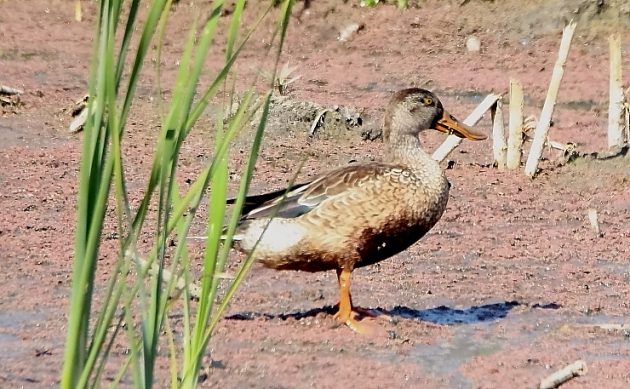
This Northern Pintail definitely went for a basic brown eye color. The Blue-winged Teal? Looks a bit more red to me.
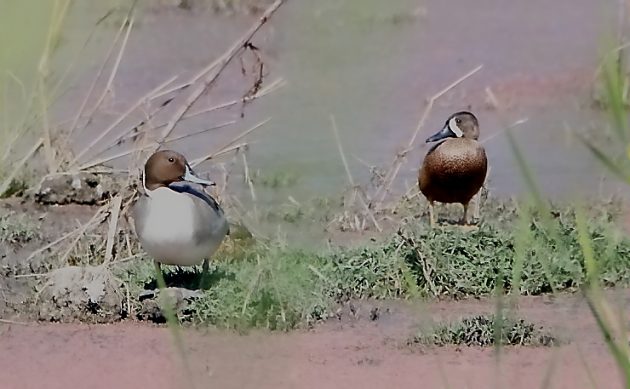
And who cares what the eye color of a Great Blue Heron might be, when it is showing off such a unique chest ornament?
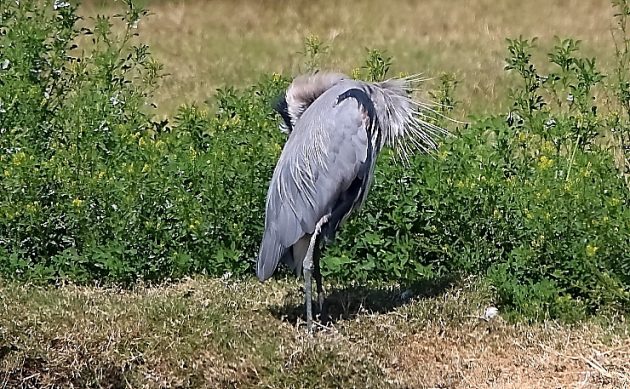
To summarize, I managed to see 42 species with a quick two-hour visit. (The visit would have been even quicker, had I not ended up talking at length with another photographer there). Jamay would definitely be a worthwhile stop for visitors to Guadalajara, and especially to some of the many Americans and Canadians that live along Lake Chapala’s north shore.











Leave a Comment